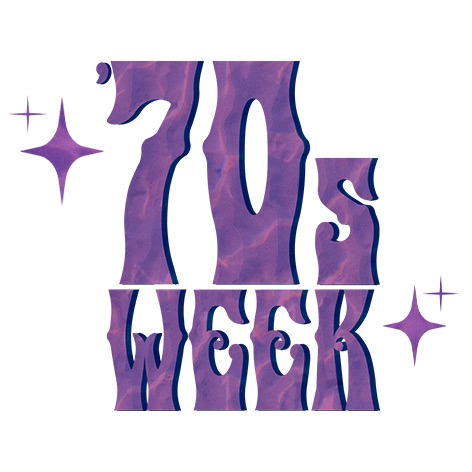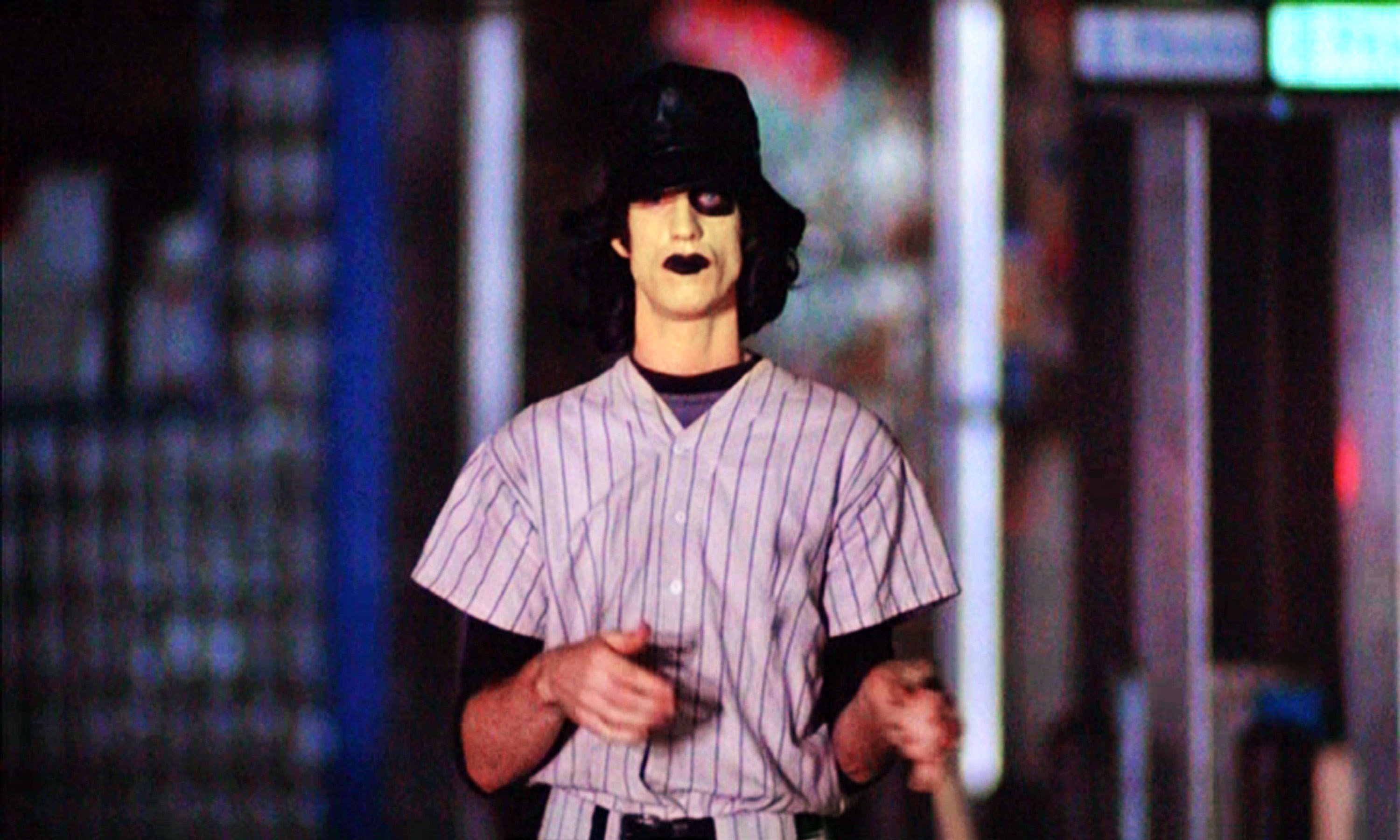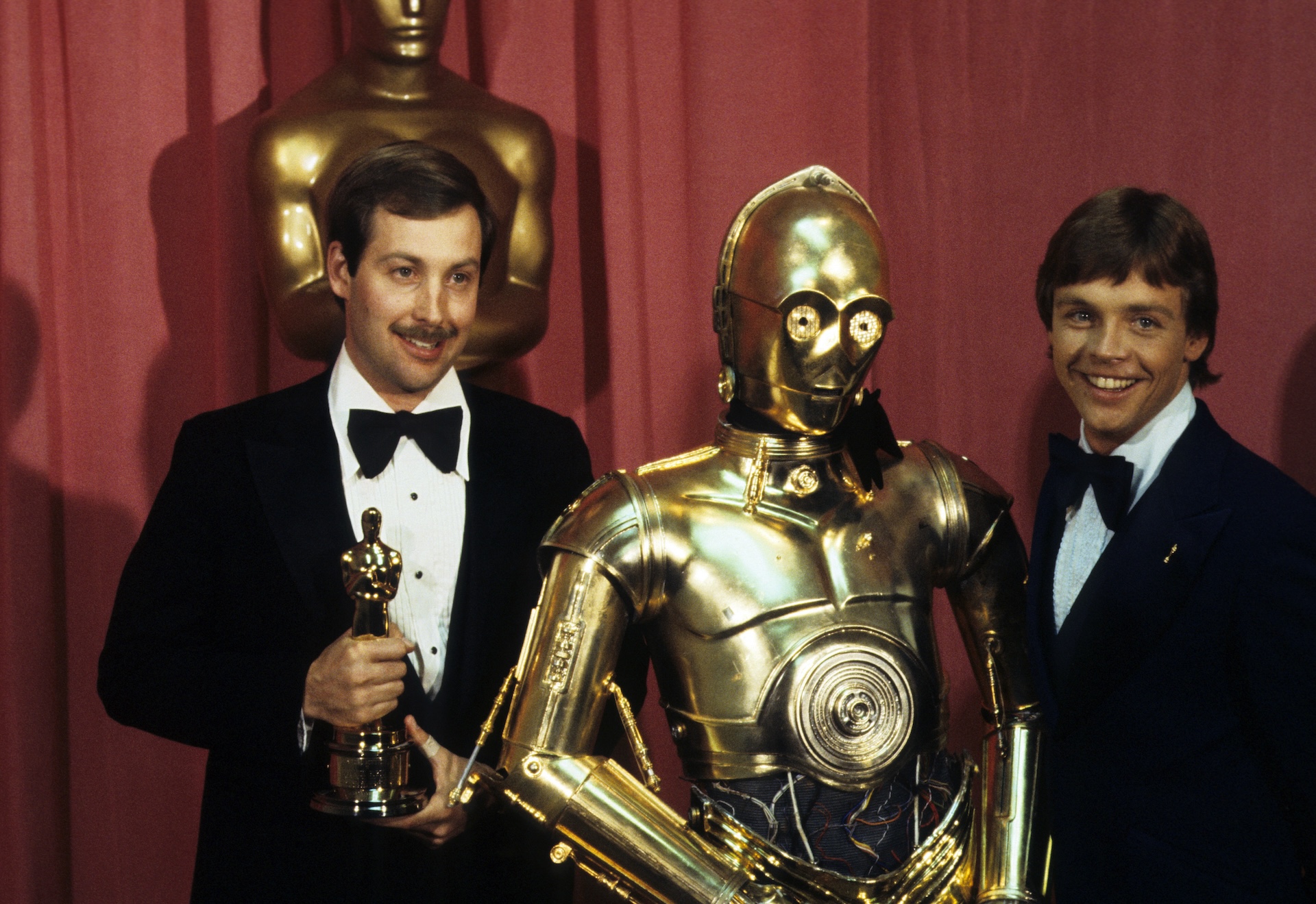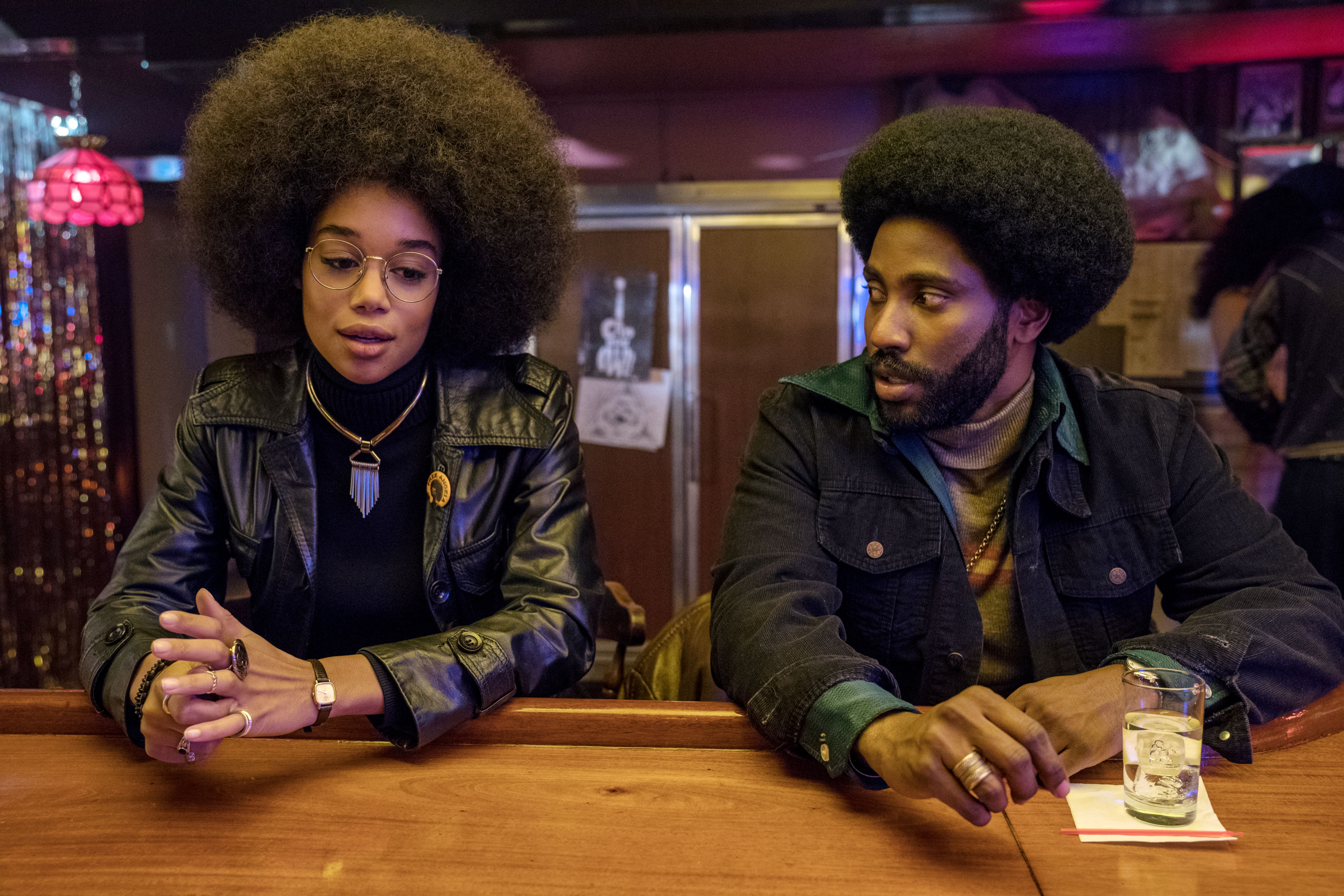
In the 1970s, Walter Hill established himself as a proficient writer (“The Getaway”) and director (“Hard Times,” “The Driver”) of smart, tight, character-driven action films that drew on the work of Ford, Hawks, and Kurosawa but had a wry, literary voice all their own. It was often said — including by Hill himself — that the urban crime movies in which Hill specialized were Westerns in disguise.
Yet there’s another genre to which Hill was and continued to be equally beholden, and that’s the Hollywood musical. Comparisons to Vincente Minnelli and Jacques Demy may not be as obvious as those to Sam Peckinpah and Budd Boetticher, but Hill’s best work shares those directors’ careful attention to rhythm (both in terms of pacing within scenes and in terms of overall structure), color, and the dynamic movement of bodies in space.
Hill would make one film (“Streets of Fire”) with enough song and dance numbers to qualify as a sort of musical, and some of the most joyous scenes in other movies (“48 HRS.,” “Geronimo: An American Legend”) would revolve around performances or dances. The first time he consciously approached the genre, however, came in 1979, and it resulted in his first big hit: the deliriously heightened chase film “The Warriors.”
“I used to say to myself, every day on set, ‘I’m making a musical,’” Hill told IndieWire. While “The Warriors” doesn’t have any musical numbers in the traditional sense, it has the structure of a musical, with stylized fight scenes in which character is expressed and plot is moved forward substituting for songs and dances. (There’s also a consistent rock and roll beat driving the action thanks to a Greek chorus in the form of a disc jockey who pops in and out to narrate the story.)
The premise of Sol Yurick’s novel, on which the film is based, lent itself to such an approach. “Larry Gordon, in his AIP days, had optioned the novel, and when he became an independent producer he took the book with him,” Hill said. “He showed it to me when we were doing ‘Hard Times’ and I said it was really terrific and could make a good film, but I thought they would never let us make it because there were no roles for movie stars and the time was so compressed.”
That compression of time and space — the entire story takes place in one night in New York, as the title gang fights its way home after being wrongly accused of the murder of a leader at a massive street gang conclave — was exactly what appealed to Hill. “I was a great fan of comic books when I was a kid, and I’ve always been impressed with their ability to tell complicated stories in a compressed style,” he said. “So many movies are padded and much too long, and then they say the same thing five goddamned times.”
Nothing about “The Warriors” is padded — clocking in at just over an hour and a half, it’s one of the leanest and most propulsive movies ever made. It’s also one of the last great audacious studio releases of the 1970s, an idiosyncratic and personal piece of Hollywood entertainment that doesn’t look or sound like any other movie. “I said to [costume designer] Bobbie Mannix and [cinematographer] Andy Laszlo, we’re gonna go for it, don’t be reined in,” Hill said. “And they responded in kind.”

Mannix’s costumes in particular are one reason “The Warriors” became a classic, as each gang has its own distinctive look. The “Furies” are a baseball team with KISS-style makeup whose propensity for wielding baseball bats have Hill the justification to stage a Kurosawa-esque samurai scene with bats instead of swords. Other gangs are dressed like hillbillies, mimes, or in more conventional street gang wear, but each is completely distinct and adds to that sense that “The Warriors” is every bit as meticulous in its color-coding as “The Red Shoes” or an MGM musical from the 1950s.
Yet what gives “The Warriors” its pulsing energy is the juxtaposition of Hill’s precise design with a more run-and-gun style that he arrived at by necessity shooting on the streets of New York. “There were daily challenges,” Hill said. “We kept losing locations. The city of New York and the subway system were great, but the neighborhoods proved very difficult.” Adding to the challenge was the fact that the studio was never really behind the movie and fought with Hill on a regular basis.
“I was thankful to be making the movie, because I knew it was an odd choice,” Hill said, “but the studio was hesitant about the whole thing.” The only reason Paramount green-lit the film was because they had had a big hit with another New York-set film, “Saturday Night Fever.” “The studio thought that this was somehow related to that world, but they were thinking of a much more realistic movie than I wanted to make. When they saw the film cut together they didn’t know what the hell to do with it.”
Paramount considered not even releasing “The Warriors” theatrically. “That’s the irony of us discussing the movie over 40 years later,” Hill said. He credited an editor who cut together a strong trailer for Paramount with saving the movie. “The marketing department said, ‘Yeah, this would make a great TV spot and we could open this thing.’ But the studio was riddled with doubt. They didn’t even show it to critics.”
In spite of the studio’s lack of faith, “The Warriors” was an instant hit, taking the number one spot at the box office on its opening weekend and ultimately garnering positive reviews from influential critics like Pauline Kael, though Hill says the initial notices were not as kind. “The idea that we were a critical success is partially true,” he said. “The newspapers were, on the whole, fairly negative. But the second wave of reviews, in the magazines, were on the whole very revisionist and very positive. So we dined out on that.”

Not long after the movie’s release there were violent incidents at some venues, caused simply by the fact that the movie’s subject matter attracted gang members who often found themselves in theaters alongside their sworn enemies. “Paramount, in a typical act of studio cowardice, pulled all the advertising and suddenly you couldn’t even find the goddamned thing,” Hill said. “But even then we continued to do well with the audience, and we did well foreign.”
Another battle Hill had with the studio was over a framing device he wanted to use in which a narrator would contextualize the story, which was loosely based on Greek history and Xenophon’s “Anabasis.” Eventually Hill would add the narration himself for a “director’s edition” of the movie on DVD, but in 1979 he had another plan. “Neil [Canton, then Hill’s assistant] and Frank [Marshall, an executive producer on the film] knew Orson Welles,” Hill said. “They contacted him and asked if he would do the narration if we paid him. He sent word back that he’d be happy to do it, but the studio said they didn’t want him.”
Even without Orson Welles, “The Warriors” went on to become one of Hill’s most frequently revived films, and its pleasures feel even more valuable today when the tradition in which Hill operated has essentially ceased to exist. In July, Hill traveled to Rome for an outdoor screening of the film where he was amused by the varied interpretations his stripped-down action picture had inspired.
“ Some people see it as a neo-Marxist exercise, with Cyrus being a Trotskyite figure calling for immediate revolution, Luther being anarcho-fascist, and The Warriors the proletarian survivors through their wit, their innate courage, and their human spirit. Others are more interested in the classical Xenophon story of the march of the 10,000. Others are interested in analyzing the kind of comic book compression we just talked about.”
And what does Hill say when asked which interpretation he agrees or disagrees with? “If you ask me what I think — I think it’s all true.”
IndieWire’s ’70s Week is presented by Bleecker Street’s “RELAY.” Riz Ahmed plays a world class “fixer” who specializes in brokering lucrative payoffs between corrupt corporations and the individuals who threaten their ruin. IndieWire calls “RELAY” “sharp, fun, and smartly entertaining from its first scene to its final twist, ‘RELAY’ is a modern paranoid thriller that harkens back to the genre’s ’70s heyday.” From director David Mackenzie (“Hell or High Water”) and also starring Lily James, in theaters August 22.



